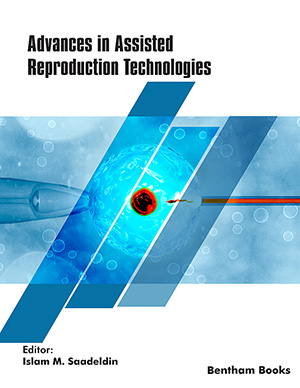Abstract
This paper aims to introduce an efficient predictive function for total energy expenditure (TEE) in everyday life using dedicated mass-market sensors similar to those found in widespread smartphones and tablets. Our research encompasses the design of a TEE estimation model using the smartphone accelerometer with a new signal-to-energy transformation function. The main idea of this study consists in using the signal intensity instead of the activity recognition, since the signal intensity of the accelerometer is related to the amplitude of activities. The performance of the proposed function is estimated using a smartphone-based implementation and evaluated compared to references (the scenario associated with compendium MET values, Armband® and Actiheart®) under controlled conditions (CC) for 3.5 hours, and to both devices in free-living conditions (FLC) over a 12-hour monitoring period. The experiments were carried out with 12 volunteers in CC and 30 volunteers in FLC. The TEE mean gap in absolute value between the function and the three references (scenario, Armband® and Actiheart®) was 3.5%, 6.6% and 14.1% in CC, and 14.1% and 15.0% according to Armband® and Actiheart® in FLC, respectively.
Keywords: Accelerometry, controlled conditions, daily-living physical activities, discretization method, energy expenditure, free-living conditions, smart-energy computing, smartphone.

























